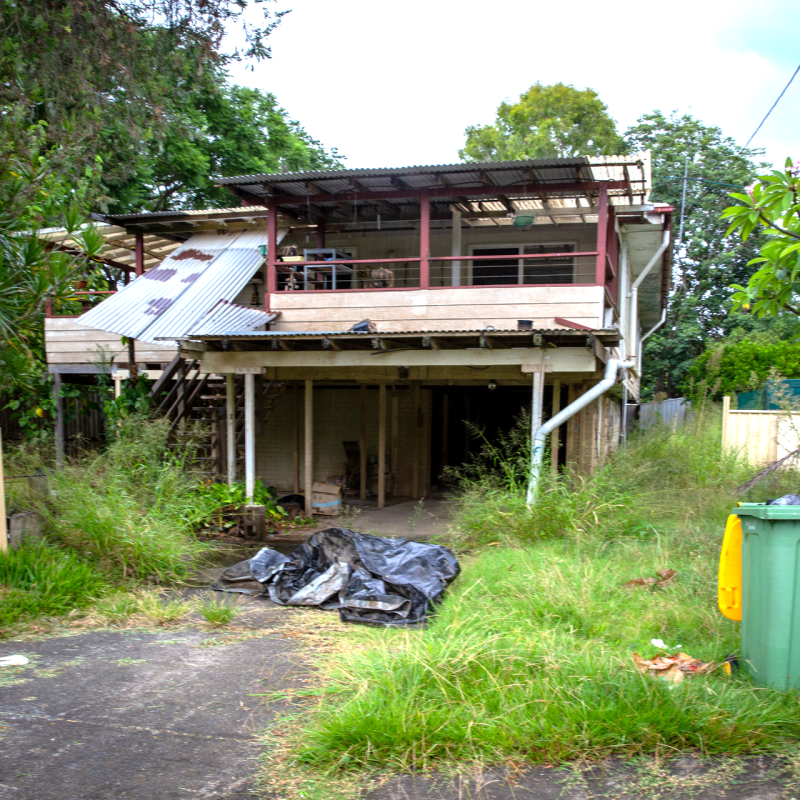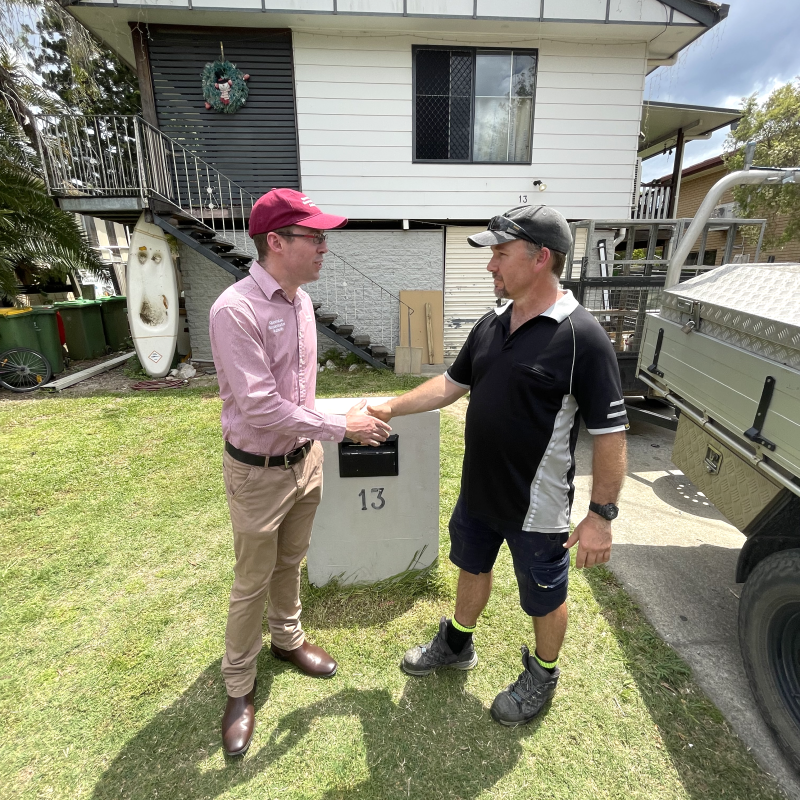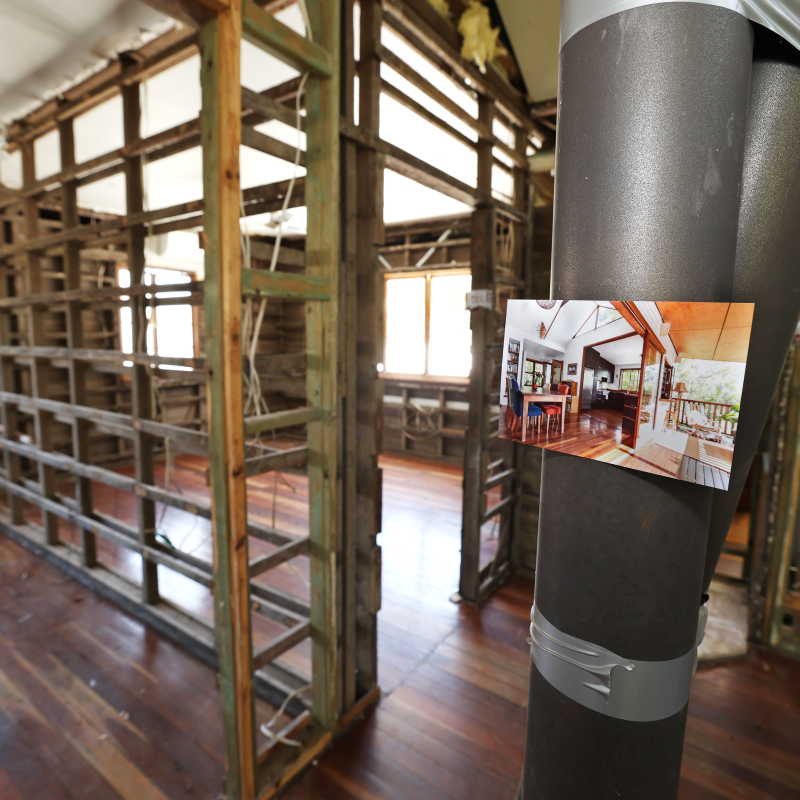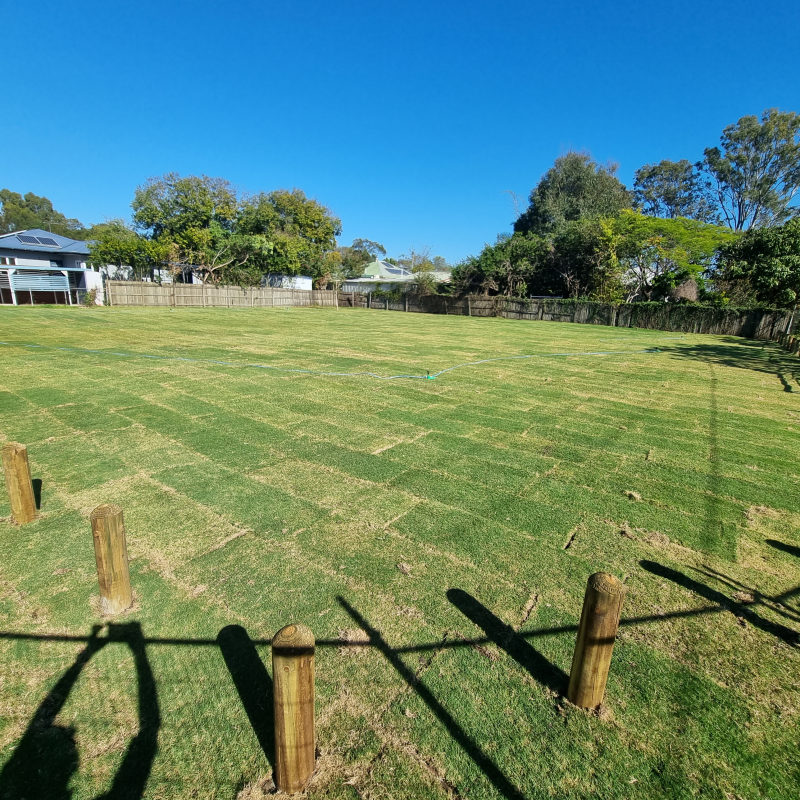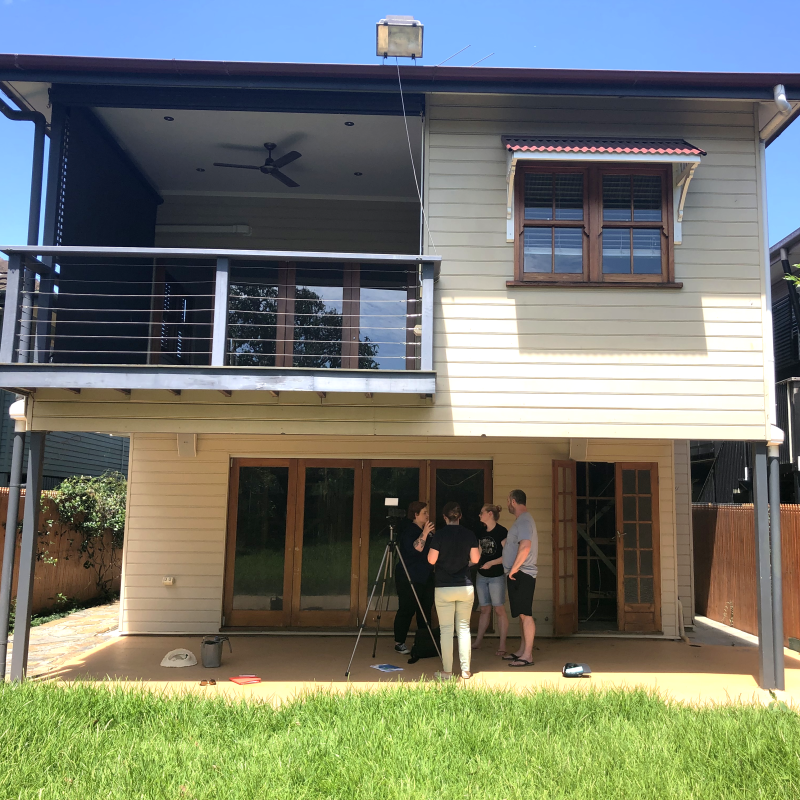The Queensland household resilience program setting the national standard
“It's a new beginning for us, and we are hopeful it will lead to a brighter and more secure future for all Queensland residents.”
“The buy-back program marks the end of a long chapter for our family, one that was filled with uncertainty and stress due to the constant threat of flooding.”
They’re the real-life testimonials about an innovative Queensland-developed program setting a new national standard for household resilience.
The $741 million Resilient Homes Fund (RHF), a jointly funded initiative of the Queensland and Australian Governments, was established after Queensland was swamped by four significant flooding events over a seven-month period in 2021-22.
Assessments done in the wake of the floods indicated around 7,000 houses were damaged, with approximately half assessed as uninhabitable.
Launched in May 2022, the RHF was the first program of its kind to be offered in Australia and quickly proved its worth, delivering on its potential to change lives and improve Queensland’s resilience to flooding.
In the RHF’s first two months, more than half of the owners of damaged homes across the state registered their interest, a number that grew to 6,500 prior to registrations closing 30 July 2023.
The program empowered homeowners to prepare for and recover quickly from future flooding events – significantly reducing the effort, cost and time to return people to their homes following a flood.
Under the RHF’s Voluntary Home Buy-Back (VHBB) program, managed by the Queensland Reconstruction Authority (QRA) together with local government, houses have been bought back, enabling families to be freed from future flood risk.
These houses are either demolished or relocated depending on their condition, with the land then rehabilitated and re-zoned by council to a non-occupied use.
Through the RHF, other houses have been retrofitted or raised to improve their resilience to flooding, work managed by Queensland’s Department of Energy and Public Works.
The QRA worked closely with all impacted councils to ensure every eligible flood-affected Queenslander – regardless of socio-economic status, physical ability or ethnic background – had a chance to build their homes back better or be removed from harm’s way.
The RHF team conducted information sessions, established a dedicated call centre for homeowners, ran a paid advertising campaign, and offered online content and printed information via local community centres.
That high level of engagement resonated with the public, with awareness-raising initiatives combining to reach more than 2.6 million Queenslanders across all media channels.
As of June 2023, the RHF website had recorded 90,335 visits since its launch in May 2022, while the Design Guidance for Resilient Homes publication has been downloaded almost 4,000 times since it was first published in June 2022.
Importantly, most people who have engaged with the program have been satisfied.
The RHF call centre, which has received more than 14,600 phone calls, has recorded a majority positive customer satisfaction rating, and 80 per cent of people who attended community information sessions rated them as excellent.
To date, more than 600 of the 800 offers made under the VHBB program have been accepted, and already 448 contracts have settled, allowing homeowners to move on with their lives, out of harm’s way.
Resilience strategies rolled out in New South Wales, Victoria, and Western Australia, meanwhile, owe much of their DNA to Queensland’s RHF program.
Another significant achievement for the RHF was securing partnerships with major insurers RACQ, QBC, Suncorp and IAG to help streamline the process for homeowners insured with these companies.
The RHF’s overall success was recognised when it was named winner of the Government category at the 2023 Resilient Australia Awards.
